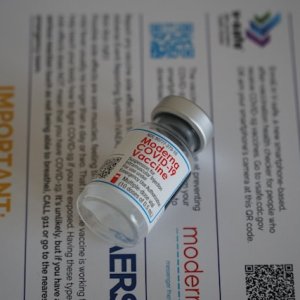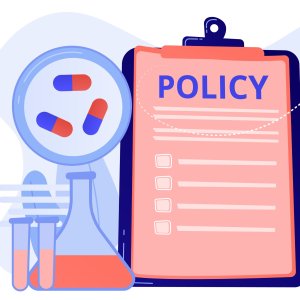Better Knowledge Leads to Better Resource Distribution

STORY INLINE POST
Q: How will your background as the Director of Research of INCan influence your work as head of INMEGEN?
A: At the institute, I was in charge of restructuring the research direction. I established priorities using research studies to better comprehend the state of cancer in Mexico. At INMEGEN, we are conceiving a similar project with a broader focus. We want to examine the risk factors for diseases among different population groups. To do this, we need to collect information from all fields: clinical, genomic, cultural and economic. We want to use all the available information and if it does not exist, we want to collect it, not just for cancer but for all chronic diseases that are a major economic burden on Mexico’s health system.
Our country is huge and environmentally and culturally diverse. Both factors significantly impact our epidemiology. Due to its ethnic diversity, the Mexican population displays different genetic markers. At INMEGEN, we want to draw a picture that helps us better understand our health.
Q: How will you develop your sample group for this project?
A: We are thinking of using captive populations of healthy people; for example, those who are working at particular companies. Through interviews and tests, we will probably encounter some people who have already developed certain conditions. However, our goal is to find people who are at risk of developing a disease in a few years. We will follow their health over time. The government has implemented many programs focused on timely detection, but many of them have overlooked the wide range of variables we want to examine. It will be an expensive and ambitious project, but in five years, we will see the first results.
Q: How can you use this information to develop strategies to attack health risks?
A: We basically want to make a diagnosis of the entire population. By categorizing the population into different types and levels of risk, the health sector will be able to devise prevention strategies better. For example, the health sector has mechanisms already in place to detect and prevent the development of lung, colon and cervical cancer. However, those mechanisms target the population in a way that assumes all individuals are equal. Results, therefore, are not proportional to the amount of resources spent. Allocating resources on high-risk groups can be much more effective.
Q: What first steps are you taking for this project?
A: First, we have to build networks. We will start with other national health institutes focused on cancer, cardiology, neurology, psychiatry and public health. Except for the Institute of Public Health, they all treat patients and have a vast amount of epidemiological information. Afterward, we can continue with other institutions, including private hospitals. We will then see how our sample evolves.
The initial participation of the industry is essential. All our projects must follow a strategic plan in economic terms. How is it going to be sustainable? Alliances with the private sector will be necessary. Private institutions can greatly benefit from research too because they would learn about the health of their patients, employees or clients. The challenge will lie in maintaining continuity with the same groups of people so we follow their health evolution.
Q: How is INMEGEN raising awareness regarding the importance of genomic research?
A: We have been working hard on communication. We have to show the worth of doing research and generating knowledge and demonstrate their impact on a patient’s quality of life. Results can help us change our behaviors, stimulate innovation and maximize the value of our resources in preventing expensive chronic conditions. The message must be shared through the media and other means, but it must be done in a simple language that can be understood by everyone. Academic involvement is also crucial. Universities and students should be the first to understand the value of genomic testing, the technology involved and its real potential.
























